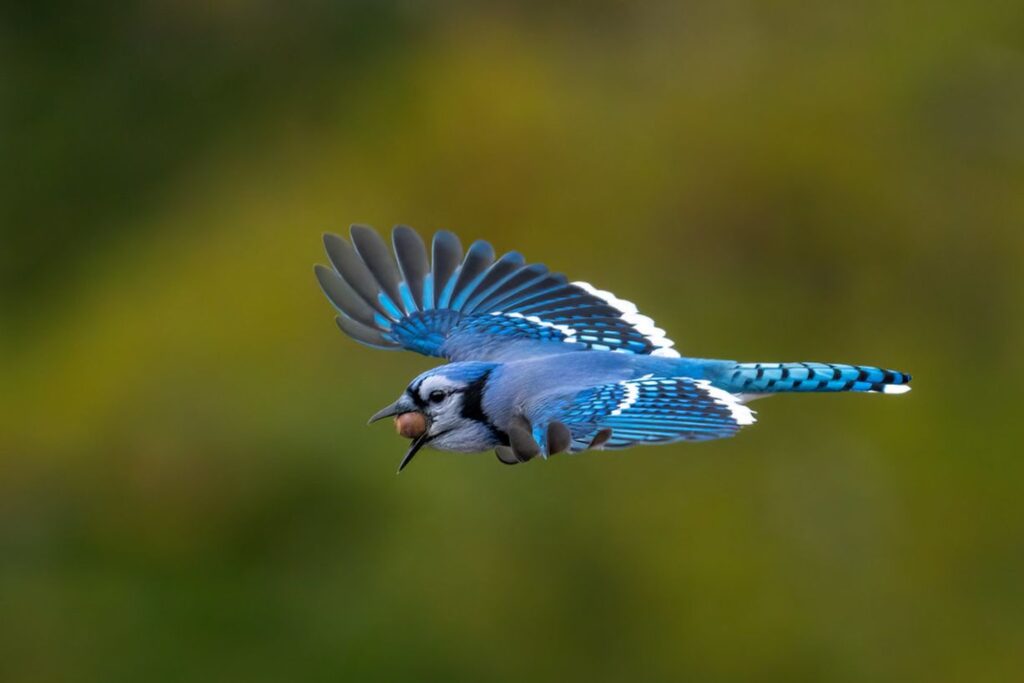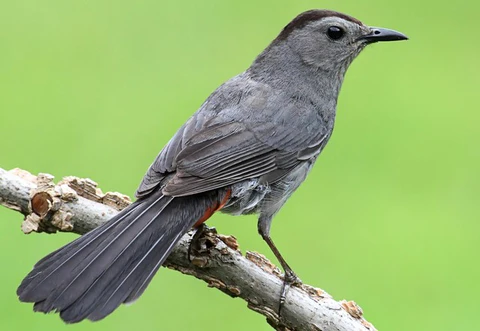PROTECT YOUR DNA WITH QUANTUM TECHNOLOGY
Orgo-Life the new way to the future Advertising by Adpathway Blue jay carrying acorns, September 2022 (photo by Christopher T)
Blue jay carrying acorns, September 2022 (photo by Christopher T)10 Oct 2025
October is nut season and the blue jays are busy. We see them flying back and forth on the same route all day long on. What are they doing?
At this time of year blue jays eat acorns from the treetops and carry many more in their gular sacks and beaks to cache at home for the winter. They always go overboard and cache more than they’ll ever eat. Blue jays are unintentionally planting trees.
Blue jay parents and grown kids all contribute to storing food in the home territory. Here are some cool facts about how and why they do this. (information from Birds of the World)
- Blue jays are omnivores but during oak mast season their diet becomes 67% acorns.
- They prefer pin oak (Quercus palustrus) and willow oak (Quercus phellos) acorns, not red oak (Quercus rubra) or white oak (Quercus alba). –> That’s why I see them flying to a courtyard that has pin oaks.
- They also prefer to gather acorns on the tree, versus on the ground.
- Each time they fly home they usually carry 1-5 acorns or up to 15 beechnuts, depending on size.
- To carry the nuts, they store 2-3 in their distended throat and anterior esophagus + one in mouth + one at bill-tip. The blue jay pictured above has a bulging throat but the acorn in his mouth is too large for him to carry one in his bill-tip.
- “Each individual adult probably harvests and eats or caches several thousand acorns, beechnuts, hazelnuts, hickory nuts, or other hard mast each autumn.”
- “This tendency may account for the rapid postglacial dispersal of oaks.” — Birds of the World
This 9-minute video shows blue jay caching behavior and explains how blue jays may well plant more trees than squirrels!
video embedded from MyBackyard Birding on YouTube























 English (US) ·
English (US) ·  French (CA) ·
French (CA) ·